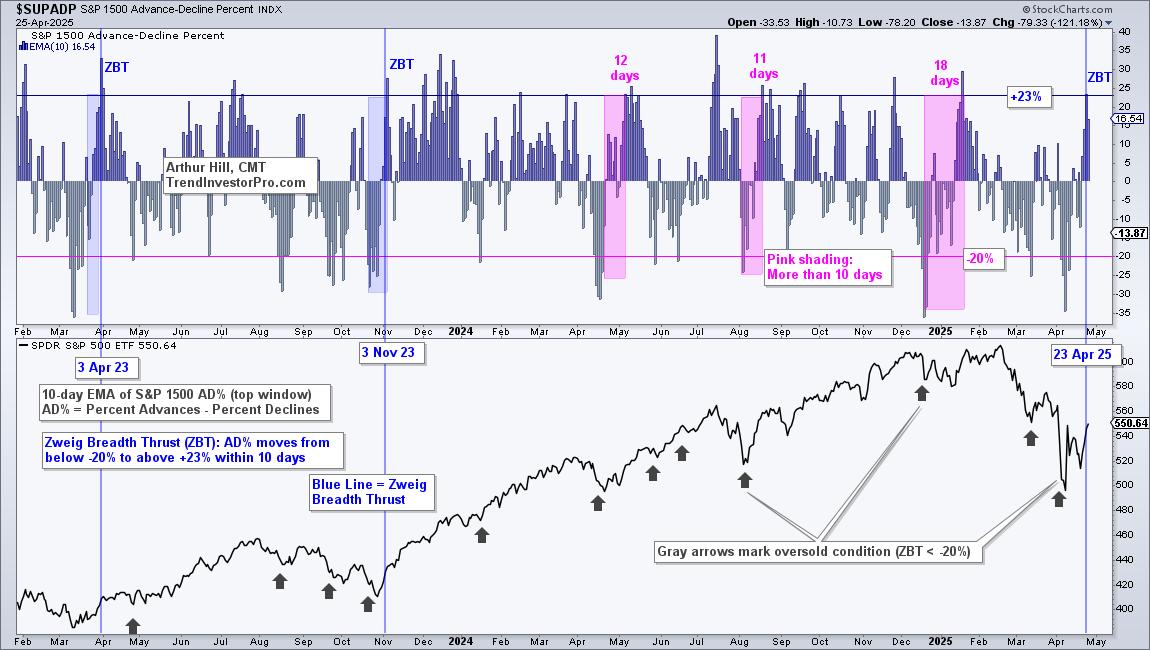Why your Social Security tax payments may be due in 2024

The Social Security system is based on the premise that you contribute (in the form of Social Security taxes) during your working years and that it will also take care of you during retirement. You must pay Social Security taxes every year on all your income. Otherwise, Social Security taxes will be withheld from your paycheck each month. But thanks to Social Security tax limits, you may not have to pay taxes for an entire year. If your salary is higher, you are more likely to reach your Social Security tax limit for the year before the end of the year. In that case, your entire paycheck may not be subject to Social Security taxes.
The Social Security tax limit (also known as the Social Security wage base limit) is the maximum amount of a worker’s income to which Social Security taxes are applied. That is, workers pay taxes into the Social Security system until their earnings reach the Social Security tax limit. Income above the limit is not subject to Social Security taxes.
Social Security tax limits change each year based on the National Average Wage Index. A rise in the national average wage index means more income is subject to Social Security taxes.
In 2023, this limit was $160,200, but in 2024 it increased to $168,600. This means that if you earn more than $168,600 in 2024, you will not be subject to Social Security taxes on any income above that. The limits were $106,800 in 2010, $76,200 in 2000, and $51,300 in 1990.
Over the past five years or so, the limit (or Social Security wage base) has increased by an average of $3,960 per year. However, from 2023 to 2024, it rose by $8,400. Although the growth rate is higher than average, it is significantly less than the record increase of $13,200 from 2022 to 2023.
The 2024 Social Security tax limit increase increases Social Security tax amounts from $9,932 to $10,453. This means that people earning more than $168,600 in 2024 will pay $521 more in Social Security taxes than they would have paid if their wage base had remained at $160,200.
What’s important to note is that just as workers don’t pay into the Social Security system over the limit, the Social Security Administration (SSA) doesn’t consider earnings above the limit when calculating future retirement benefits. This is why there is a limit to the maximum amount of Social Security benefits. For example, this year’s maximum Social Security benefit at full retirement age (FRA) is $3,822 per month.
As mentioned above, the Social Security tax limit is the maximum income on which Social Security taxes are applied. If your income exceeds this limit, your Social Security contributions stop for that year.
The 2024 limit is $168,600. Therefore, if your income for the year exceeds the limit, you are not subject to Social Security tax. If your income is less than the limit, your entire paycheck will be taxed. High earners, on the other hand, pay into the system only until their wages reach the Social Security tax maximum.
However, even high earners typically reach their tax limit closer to the end of the year. High earners reach their limit well before the end of the year. So if you fall into the last category, chances are you’ve already earned more than $168,600 in 2024 and have finished paying Social Security for that year.
Even if your salary isn’t that high, you may reach your limit sooner, even if you work in an industry that pays hefty bonuses. Let’s say your salary is $30,000 and you received a bonus of $80,000 in March. The bonus amount will push your income over the limit, so you won’t pay Social Security taxes after March 2024.
One thing to keep in mind is that if you earn income from multiple jobs, each employer must withhold Social Security taxes from your paycheck until you reach the tax limits for those jobs. In that case, you can claim a refund for any additional Social Security taxes withheld from each job when you file your tax return.
You will need to check your total income to see if your income has reached or exceeded the limit. You should scan all sources of income, including wages, self-employment income, and other taxable compensation. Understanding your income mix to effectively manage your Social Security tax liability can also help you maximize your savings through efficient management.
Social Security or Social Security payroll tax is 6.2% (employers also contribute 6.2% on taxable wages). If you are self-employed, you pay the full 12.4% but can deduct the employer portion of that amount. Taxes collected are used to fund Social Security programs that provide disability benefits, survivor benefits, and retirement benefits to workers.
What’s important to note is that while there are limits on Social Security taxes, there are no limits on Medicare taxes. Workers must pay a 4.5% Medicare tax, which is paid by the employer. Anyone making more than $200,000 per year pays an additional 0.9% Medicare tax (not matched by employer). The Medicare tax rate for self-employed individuals is 2.9%.



